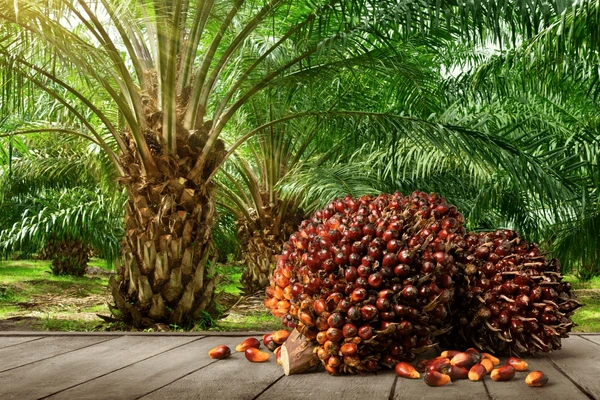The concept of circular fertilization in oil palm cultivation represents a sustainable approach where agricultural waste is transformed into valuable resources, creating a closed-loop system that benefits both the crop and the environment. At the heart of this system lies the strategic utilization of Oil palm empty fruit bunch (OPEFB) and other palm processing residues as primary raw materials for organic fertilizer manufacturing. These biomass byproducts, rich in organic matter and essential nutrients, serve as the foundation for a comprehensive organic fertilizer production line that completes the nutrient cycle within palm plantations.
In the transformation process, specialized granulation equipment plays a crucial role in converting processed palm biomass into uniform, easy-to-apply fertilizer products. The most suitable fertilizer granulator for this application is typically an organic fertilizer granulator specifically designed to handle the fibrous nature of OPEFB material while producing high-quality granules with optimal nutrient retention and controlled-release properties. This integrated approach not only reduces waste disposal challenges but also creates a sustainable source of organic nutrition that enhances soil health and promotes long-term oil palm productivity, effectively closing the nutrient loop through innovative agricultural waste valorization.

The Potassium Connection
Oil palm (Elaeis guineensis) has a remarkable relationship with potassium – this essential nutrient drives its growth and fruit production. During development, oil palms accumulate significant potassium reserves in their tissues, particularly in fronds and fruit bunches. An average mature oil palm tree can contain 2-3 kg of potassium in its biomass, with empty fruit bunches (OPEFB) representing a concentrated source of this valuable nutrient.
From Waste to Resource
Traditionally viewed as milling waste, oil palm empty fruit bunches are now recognized as agricultural gold. When processed through composting, these organic materials transform into nutrient-rich fertilizer. The composting process typically takes 60-90 days, involving microbial breakdown that converts raw biomass into stable organic matter. This natural transformation creates a slow-release fertilizer that provides balanced nutrition to oil palms.
Soil Regeneration Benefits
Beyond potassium supplementation, OPEFB compost delivers multiple soil health benefits. It improves soil structure by increasing porosity and water retention capacity – particularly valuable in tropical soils prone to compaction and nutrient leaching. The organic matter enhances microbial diversity, creating a thriving soil ecosystem that supports plant health naturally. Regular application can increase soil organic matter by 15-25% over three years.
Sustainable Agriculture Practice
This circular approach represents sustainable agriculture at its best. By returning nutrients to the plantation, farmers reduce dependence on synthetic fertilizers, lowering production costs and environmental impact. The practice also addresses waste management challenges in palm oil mills, where OPEFB typically constitutes 20-25% of processing waste. Implementation of this system can reduce synthetic potassium fertilizer requirements by 30-40% while maintaining yield quality.
Global Implications
For tropical regions cultivating oil palms, this closed-loop fertilization model offers economic and environmental advantages. It demonstrates how agricultural byproducts can be valorized while improving soil health and reducing chemical inputs. As global agriculture moves toward more sustainable practices, the oil palm industry’s experience with OPEFB composting provides valuable insights for other perennial crop systems seeking to optimize nutrient cycling and soil management.